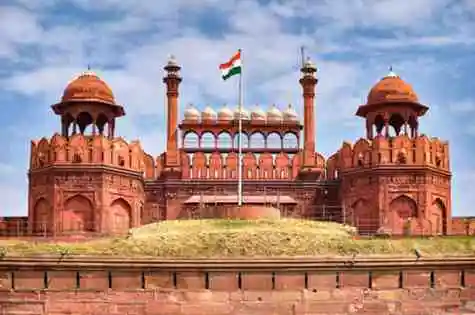Introduction to World War I
World War I, often referred to as the Great War, was one of the most devastating global conflicts in modern history. Lasting from 1914 to 1918, it involved major world powers and reshaped international relations, political boundaries, and societies. The war not only claimed millions of lives but also marked the beginning of large-scale industrial and technological warfare.In this comprehensive blog, we’ll explore the causes, major battles, outcomes, and long-term effects of World War I, helping you understand why this conflict changed the course of the 20th century.
—
Causes of World War I
The causes of World War I were complex and interconnected. Historians often cite the acronym MAIN to summarize the main factors:
Militarism: European powers were building up their military forces, increasing arms production, and preparing for war even during times of peace.
Alliances: Nations formed tangled alliances that promised mutual defense. The two major alliances were the Triple Entente (France, Russia, and the United Kingdom) and the Triple Alliance (Germany, Austria-Hungary, and Italy).
Imperialism: Competition for overseas colonies caused tensions, especially in Africa and Asia.
Nationalism: National pride and ethnic tensions led to internal strife within multi-ethnic empires like Austria-Hungary and the Ottoman Empire.
The assassination of Archduke Franz Ferdinand of Austria-Hungary in Sarajevo on June 28, 1914, was the immediate spark that ignited the war. Within weeks, Europe was engulfed in a conflict that would spread across continents.
—
Key Players in World War I
The war involved many nations, but the two main coalitions were:
Allied Powers
France
United Kingdom
Russia (until 1917)
United States (joined in 1917)
Italy (joined Allies in 1915)
Japan and several other nations
Central Powers
Germany
Austria-Hungary
Ottoman Empire
Bulgaria
Each side brought significant manpower and resources to the battlefield, turning the war into a global conflict.
—
Major Battles and Turning Points
Battle of the Marne (1914)
This early battle stopped the German advance into France and resulted in a stalemate, leading to the infamous trench warfare on the Western Front.
Battle of Verdun (1916)
Fought between France and Germany, this was one of the longest and bloodiest battles of the war, with nearly a million casualties.
Battle of the Somme (1916)
Marked by massive loss of life and the first use of tanks, the Battle of the Somme highlighted the brutality of trench warfare and the limitations of new military technology.U.S.
Entry into the War (1917)
After years of neutrality, the United States joined the Allies in April 1917, tipping the balance of power. The reasons included unrestricted submarine warfare by Germany and the infamous Zimmermann Telegram, which proposed a German-Mexican alliance against the U.S.
—
End of the War and the Treaty of Versailles
World War I ended on November 11, 1918, with an armistice signed by Germany. The formal peace agreement, the Treaty of Versailles, was signed in 1919.
Key points of the Treaty:
Germany accepted full responsibility for the war (War Guilt Clause)
Germany was required to pay heavy reparations
Germany’s military was severely limited
New nations were created in Eastern Europe, dismantling empires
The treaty sowed seeds of resentment in Germany and laid the groundwork for World War II just two decades later.
—
Consequences of World War I
Human and Economic Costs
Over 16 million people died, and 21 million were wounded. Civilian populations also suffered due to famine, disease, and displacement. Economically, Europe was devastated, leading to a global depression in the following years.
Political Changes
The Russian Revolution in 1917 led to the rise of the Soviet Union.
The Austro-Hungarian and Ottoman empires collapsed.
Democracies replaced monarchies in many countries.
Technological and Social Impact
WWI saw the use of tanks, machine guns, aircraft, and chemical weapons. These technological advancements changed how wars were fought. Socially, the war accelerated movements for women’s rights and decolonization.
—
Legacy of World War I
World War I reshaped the modern world. Its legacy is still felt in current global politics, national borders, and international relations. The League of Nations, formed after the war, was the first attempt at a global peacekeeping organization, paving the way for today’s United Nations.
Although intended to be “the war to end all wars,” the unresolved issues and harsh peace terms led directly to World War II.
—
Conclusion
World War I was a turning point in global history. It brought unprecedented destruction but also led to profound social and political change. Understanding its causes, course, and consequences helps us recognize the importance of diplomacy, international cooperation, and the human cost of global conflict.
As we reflect on the Great War over a century later, its lessons remain crucial in our pursuit of lasting peace.



